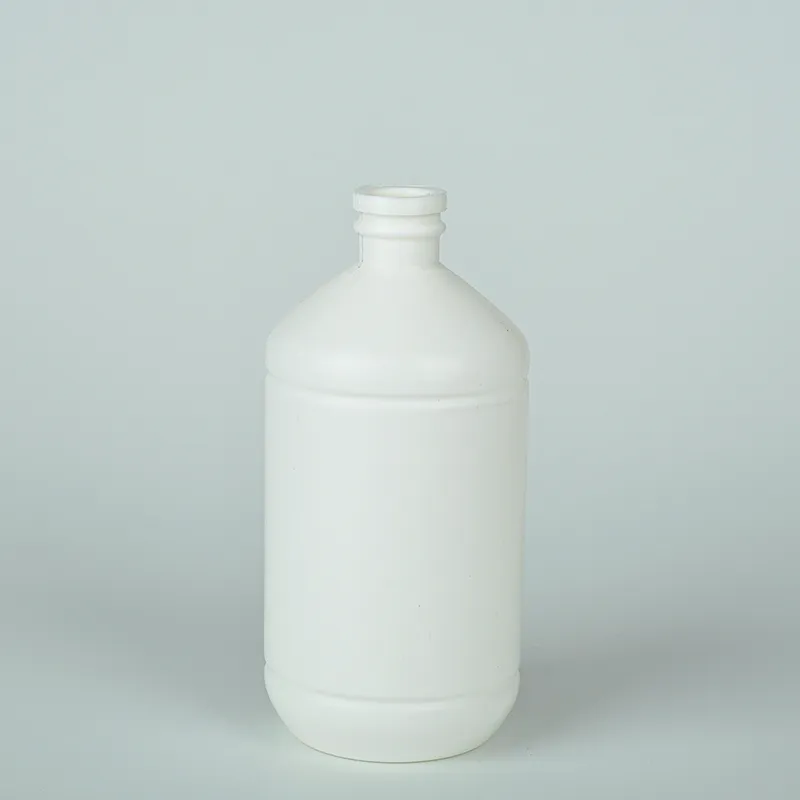125 ml reagent bottle
The Versatility of a 125 ml Reagent Bottle
In laboratories around the world, the 125 ml reagent bottle plays a crucial role in various scientific, chemical, and educational processes. While it may seem like a simple container, this type of reagent bottle is designed with specific features that enhance its utility and functionality. Understanding its characteristics, applications, and advantages can help researchers and educators optimize their use of these essential lab instruments.
Design and Features
A typical 125 ml reagent bottle is made from high-quality glass or durable plastic, both of which offer resilience against the chemicals stored within. Glass bottles are often preferred for their inertness, ensuring that they do not react with the substances they contain. On the other hand, plastic reagent bottles are lightweight and shatterproof, making them ideal for educational environments where safety is a priority.
These bottles are usually equipped with a secure screw cap or a dropper top, allowing for precise dispensing of liquids. Additionally, many reagent bottles come with clear measurement markings, enabling users to gauge the amount of reagent inside without needing to open the container. This feature is particularly useful in preventing contamination and maintaining the integrity of the chemicals.
Applications in the Laboratory
The 125 ml reagent bottle is commonly used for storing a wide range of chemicals, including solvents, acids, and bases
. In analytical chemistry, where precise measurements and reactions are crucial, these bottles provide an efficient way to prepare and store reagents. For instance, chemists may use a 125 ml reagent bottle to hold a concentrated solution that will later be diluted for use in experiments.Beyond chemistry labs, these versatile bottles also have applications in biological research. They are often employed to hold buffer solutions, nutrients for cell cultures, and other essential media. The ease of storage and transport makes them an indispensable item for scientists working in various fields.
125 ml reagent bottle

Educational Uses
In educational settings, 125 ml reagent bottles serve as invaluable teaching tools. They introduce students to essential laboratory practices, such as handling chemicals safely and understanding measurement techniques. Using these bottles in educational experiments allows students to grasp complex scientific concepts in a hands-on manner. For example, a chemistry class may involve students preparing solutions for titration experiments, where the accuracy of measurements is crucial.
Moreover, the transparent nature of glass reagent bottles grants students the opportunity to visually observe the properties of different substances. Whether it’s examining the color of a solution or watching a reaction take place, these experiences enhance student comprehension and retention of scientific principles.
Safety Considerations
Safety is a paramount concern in any laboratory environment, and the design of 125 ml reagent bottles incorporates several features that mitigate risks. Graduated markings and tight-sealing caps ensure that spills and evaporation are minimized, which is particularly important for volatile chemicals. Additionally, when utilizing these bottles, proper labeling practices are essential. Clearly identifying the contents helps prevent accidental misuse and promotes a safer laboratory atmosphere.
Furthermore, when working with hazardous substances, it’s crucial for users to wear appropriate personal protective equipment (PPE), including gloves and goggles, even when handling containers designed for safety.
Conclusion
In conclusion, the 125 ml reagent bottle is far more than just a simple container for liquids. Its robust design, practical features, and versatility make it an essential tool in laboratories and classrooms alike. Whether conducting research or participating in educational experiments, the importance of this seemingly modest bottle cannot be overstated. As science continues to evolve, the capabilities of such containers will likely expand, opening new doors for innovation and discovery in various scientific fields. Investing in high-quality reagent bottles is critical for anyone involved in scientific work, ensuring accuracy, safety, and efficiency in every experiment conducted.
-
Aesthetic Makeup Spray Bottles | Fine Mist Empty RefillableNewsAug.19,2025
-
White Plastic Veterinary Vaccine Vials | Lab Liquid BottlesNewsAug.18,2025
-
Plastic Medicine Liquid Bottle: Secure Flip Top Drug VialsNewsAug.17,2025
-
Durable 250ml Blue Plastic Vaccine Vial for Lab & Vet UseNewsAug.16,2025
-
Sterile Virus Sample Tubes: Secure & Reliable Specimen CollectionNewsAug.15,2025
-
White 250ml Plastic Vaccine Vial for Lab & Vet MedicineNewsAug.14,2025
























